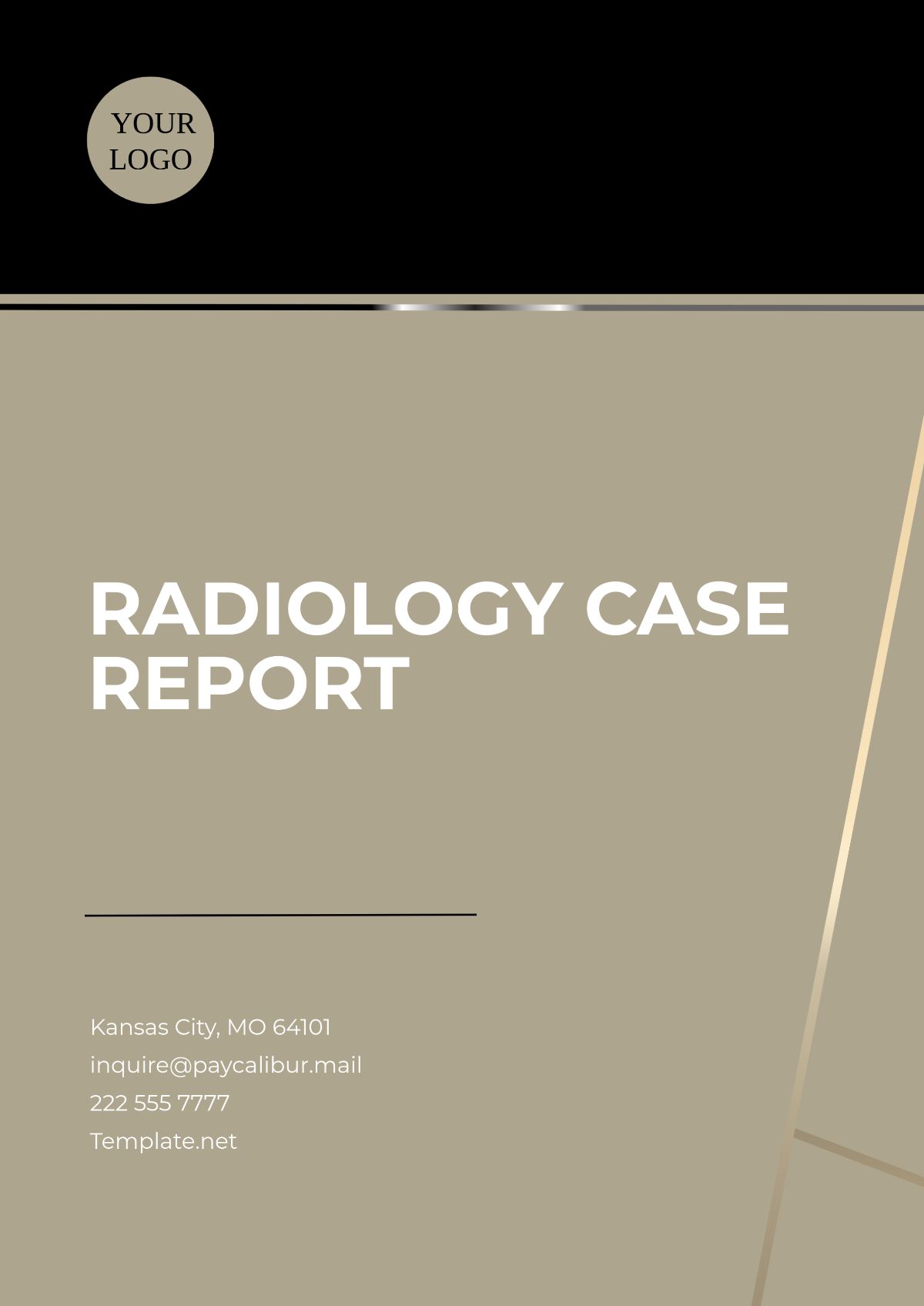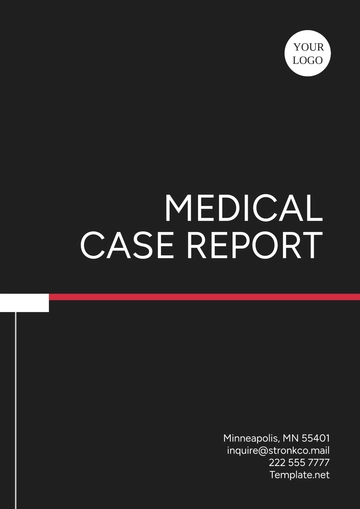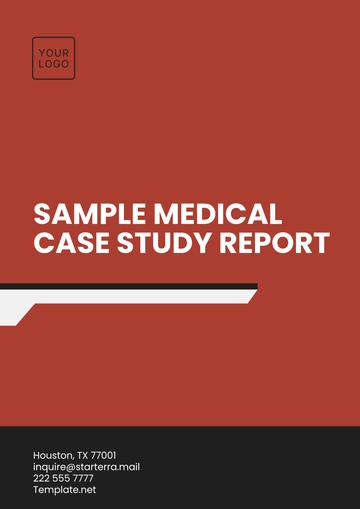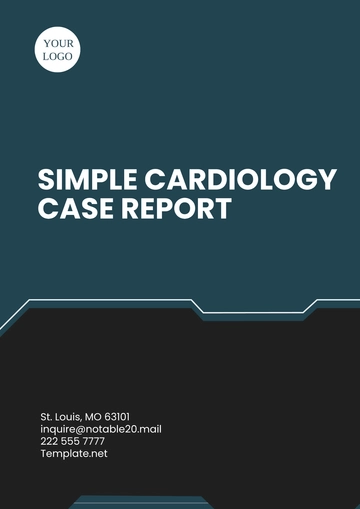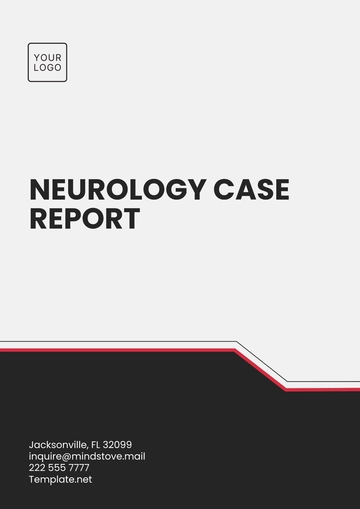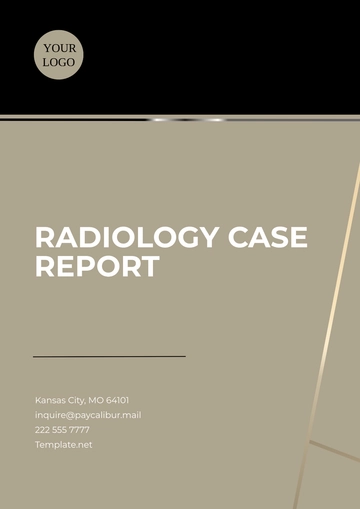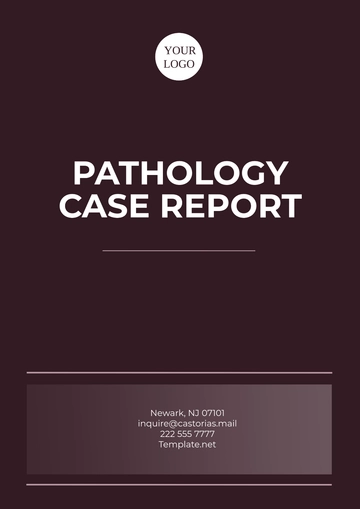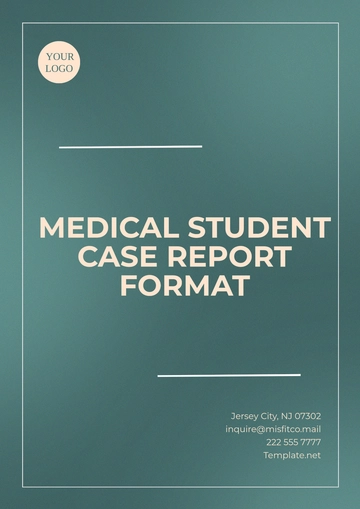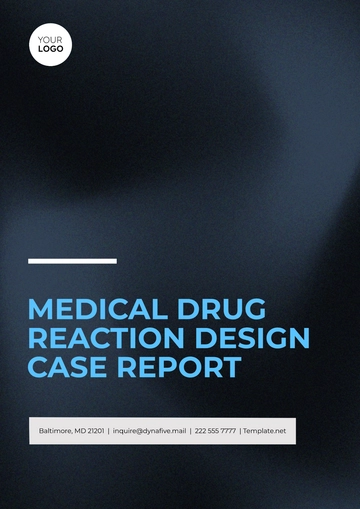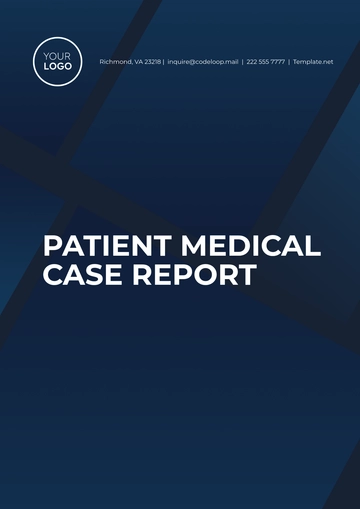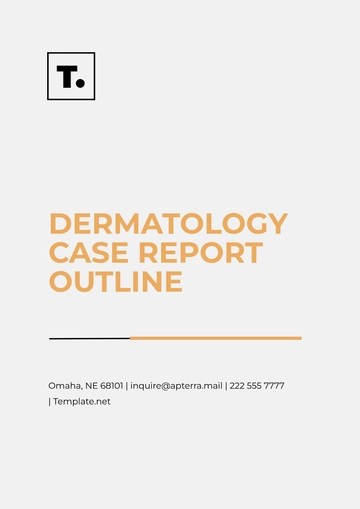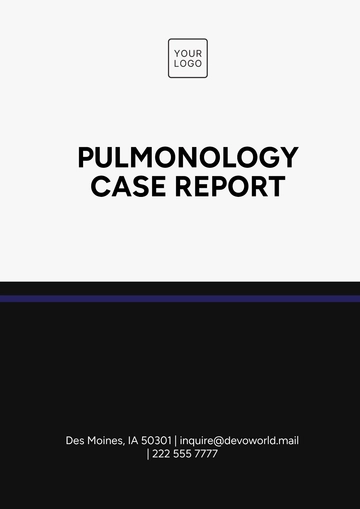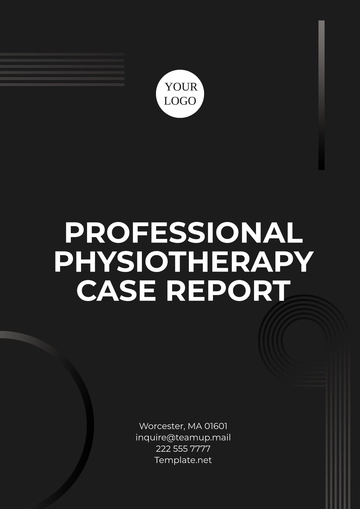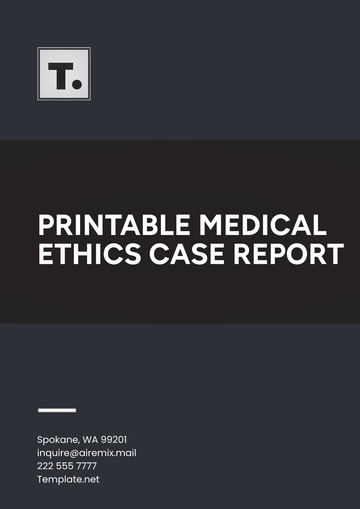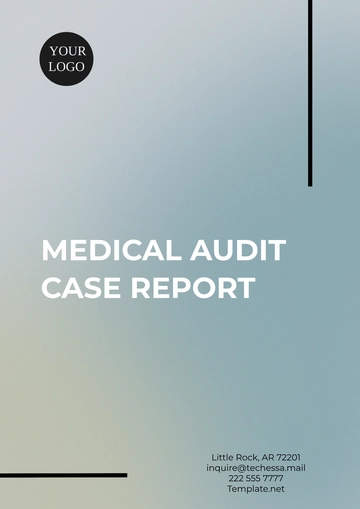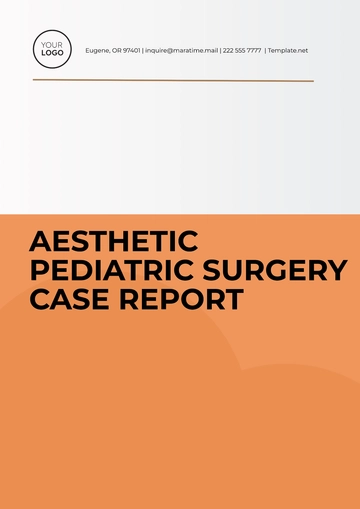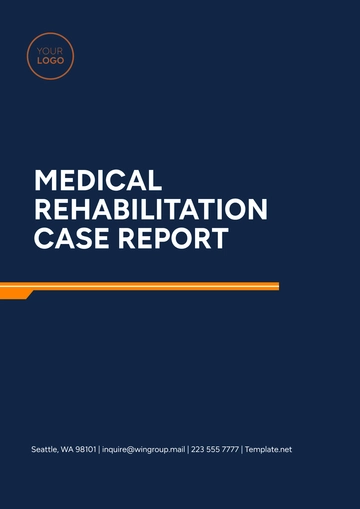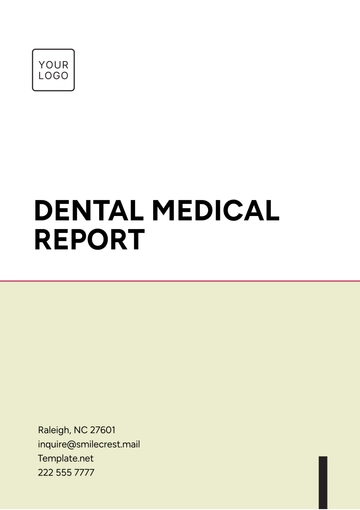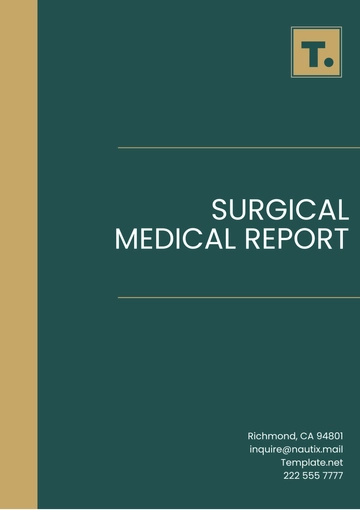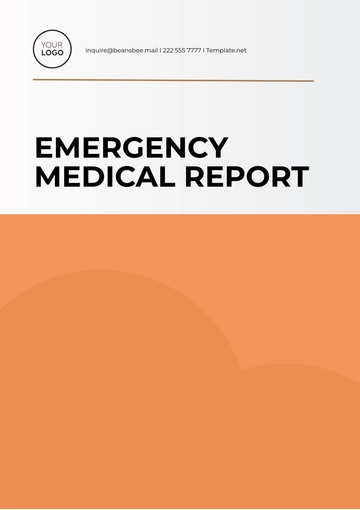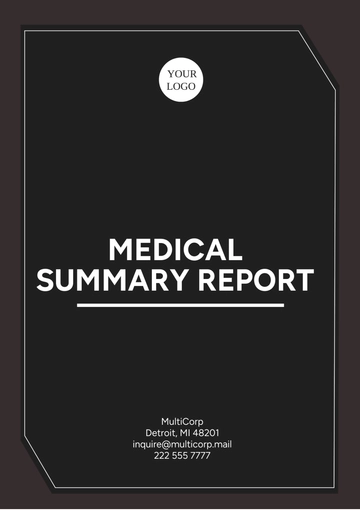Radiology Case Report
1. Introduction
This case report presents a 68-year-old female patient with a rare presentation of pulmonary vein stenosis secondary to fibrosing mediastinitis. Pulmonary vein stenosis is typically associated with congenital heart disease, making this case unusual due to its origin from fibrosing mediastinitis. This condition is significant because untreated stenosis of the pulmonary veins can lead to pulmonary hypertension and heart failure. This report explores the radiological and clinical findings, highlighting the importance of early detection in similar atypical cases.
2. Patient Information
Attribute | Details |
|---|
Age | 68 years |
Gender | Female |
Medical History | History of radiation therapy for Hodgkin’s lymphoma 25 years ago, hypertension, and type 2 diabetes. |
3. Clinical Findings
3.1 The patient presented with progressive shortness of breath and chest discomfort over the past two months. Physical examination revealed decreased breath sounds on the left side, a mild right-sided heart murmur, and bilateral ankle edema. Laboratory results showed elevated B-type natriuretic peptide (BNP) levels at 600 pg/mL, consistent with heart strain, and mild leukocytosis. An echocardiogram revealed elevated right-sided pressures, prompting further investigation with advanced imaging.
4. Imaging Studies
Multiple imaging modalities were employed to assess the patient’s condition, allowing for a comprehensive evaluation of the pulmonary and cardiovascular structures.
Imaging Modality
Modality 1: X-ray
Modality 2: CT scan with Contrast
A high-resolution CT scan of the chest with contrast was performed, revealing stenosis of the left superior and inferior pulmonary veins due to surrounding fibrosis. Additionally, there was evidence of mild pericardial effusion and mediastinal lymphadenopathy.
Modality 3: MRI
5. Findings
5.1 The primary findings across imaging modalities were as follows:
X-ray: Mild cardiomegaly and left pleural effusion with mid-lung opacity on the left side.
CT scan: Significant stenosis of the left superior and inferior pulmonary veins, mediastinal fibrosis compressing the pulmonary veins, and mild pericardial effusion.
MRI: Severe stenosis of the left superior pulmonary vein (80% occlusion) and delayed flow into the left atrium. No thrombus was detected.
6. Diagnosis
The diagnosis of left-sided pulmonary vein stenosis secondary to fibrosing mediastinitis was reached based on clinical presentation, imaging findings, and the patient's history of radiation therapy, which is known to cause mediastinal fibrosis years after treatment. Differential diagnoses considered included pulmonary arterial hypertension, constrictive pericarditis, and left atrial myxoma; however, these were ruled out due to the distinct imaging characteristics and history of radiation exposure leading to fibrosis around the pulmonary veins.
7. Treatment and Management
Initial treatment included anticoagulation therapy (warfarin) to prevent thrombosis due to altered pulmonary vein flow, along with diuretic therapy (furosemide) for symptom relief from pulmonary congestion. The patient was referred for balloon angioplasty of the stenotic pulmonary veins, with the placement of a vascular stent in the left superior pulmonary vein to maintain patency. Long-term management included regular follow-up imaging to monitor for re-stenosis and management of comorbid conditions (hypertension and diabetes) to reduce further cardiovascular strain.
8. Outcome and Follow-Up
8.1 The patient showed significant symptomatic improvement after stenting, with reduced dyspnea and resolution of edema. Follow-up imaging three months post-procedure, including CT angiography, demonstrated improved blood flow in the left superior pulmonary vein, with patency of the stent. No new fibrotic changes were noted. The patient was scheduled
Report Templates @ Template.net
